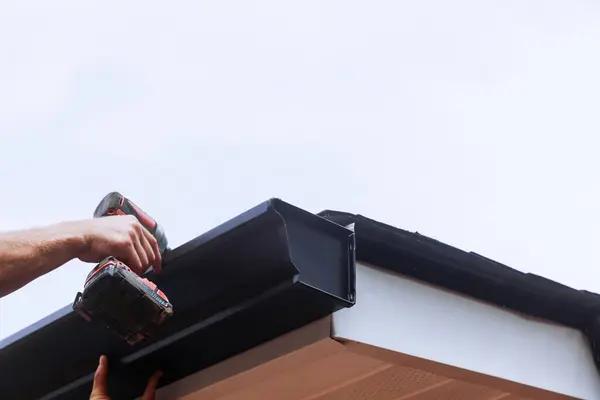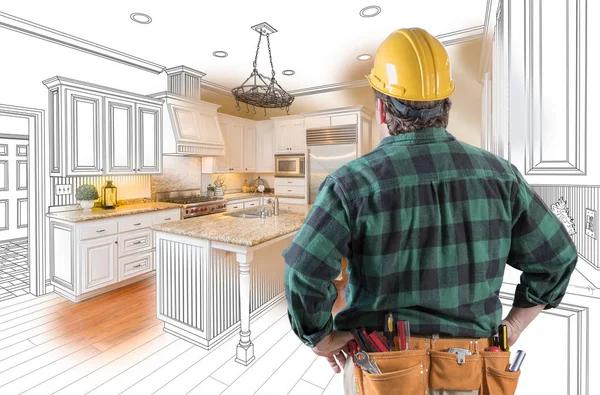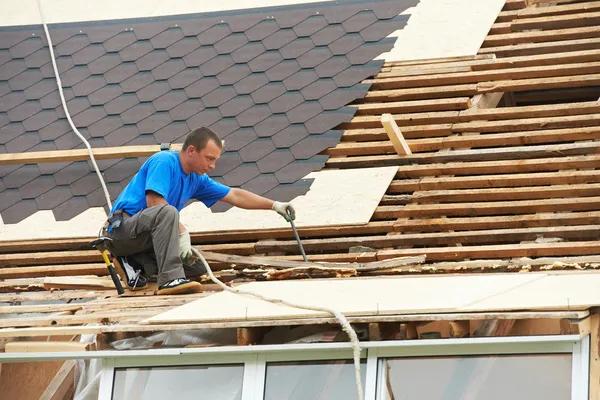Roof insulation is a critical component of any home or building, playing a significant role in maintaining indoor temperature and energy efficiency. However, what many people may not realize is that roof insulation also has a profound impact on the quality of indoor air. This connection between roof insulation and indoor air quality is crucial for health and comfort.
Insulation primarily works by reducing heat transfer, keeping your living spaces warm during winter and cool during summer. It achieves this by trapping tiny pockets of air within its structure, forming a barrier between the inside of your house and the outside environment. However, this same function can also affect the quality of your indoor air in several ways.
Firstly, proper roof insulation can prevent unwanted drafts from entering your home through cracks or gaps in the roofing structure. These drafts often carry dust particles, allergens like pollen or mold spores from outdoors which can significantly compromise indoor air quality. Therefore, by eliminating these drafts with effective insulation material you are directly improving your interior’s air purity.
Secondly, good-quality roof insulation helps control moisture levels within your home. High humidity levels can lead to dampness and condensation which are ideal conditions for mold growth – an infamous contributor to poor indoor air quality. Mold releases spores into the environment that cause allergic reactions such as sneezing or coughing when inhaled; it also exacerbates asthma symptoms among those who suffer from it.
Moreover, certain types of insulating materials have been found to release harmful chemicals into the atmosphere over time – a process known as off-gassing. Some older forms of fiberglass batts and spray foam insulations contain formaldehyde-based resins that emit toxic fumes when they degrade – significantly affecting indoor air quality negatively. Hence it’s essential to choose high-quality insulating materials that do not off-gas harmful substances.
Lastly but importantly is ventilation consideration while installing roof insulation; without adequate ventilation trapped hot or cold air could result in an unhealthy indoor environment. Ventilation allows for the exchange of indoor air with fresh outdoor air, helping to reduce pollutants and maintain a comfortable temperature.
In conclusion, roof insulation plays an indispensable role in maintaining not only the thermal comfort of your home but also its indoor air quality. Therefore, when planning for insulation installation or upgrading existing ones, it’s essential to consider factors such as potential drafts, moisture control, off-gassing from materials used and adequate ventilation. By doing so you can significantly improve your living conditions while reducing energy consumption – a win-win situation for both homeowners and the environment alike.
Red Dirt Construction
51 S River Rd Suite B, Eagar, Arizona 85925
928-862-5869




